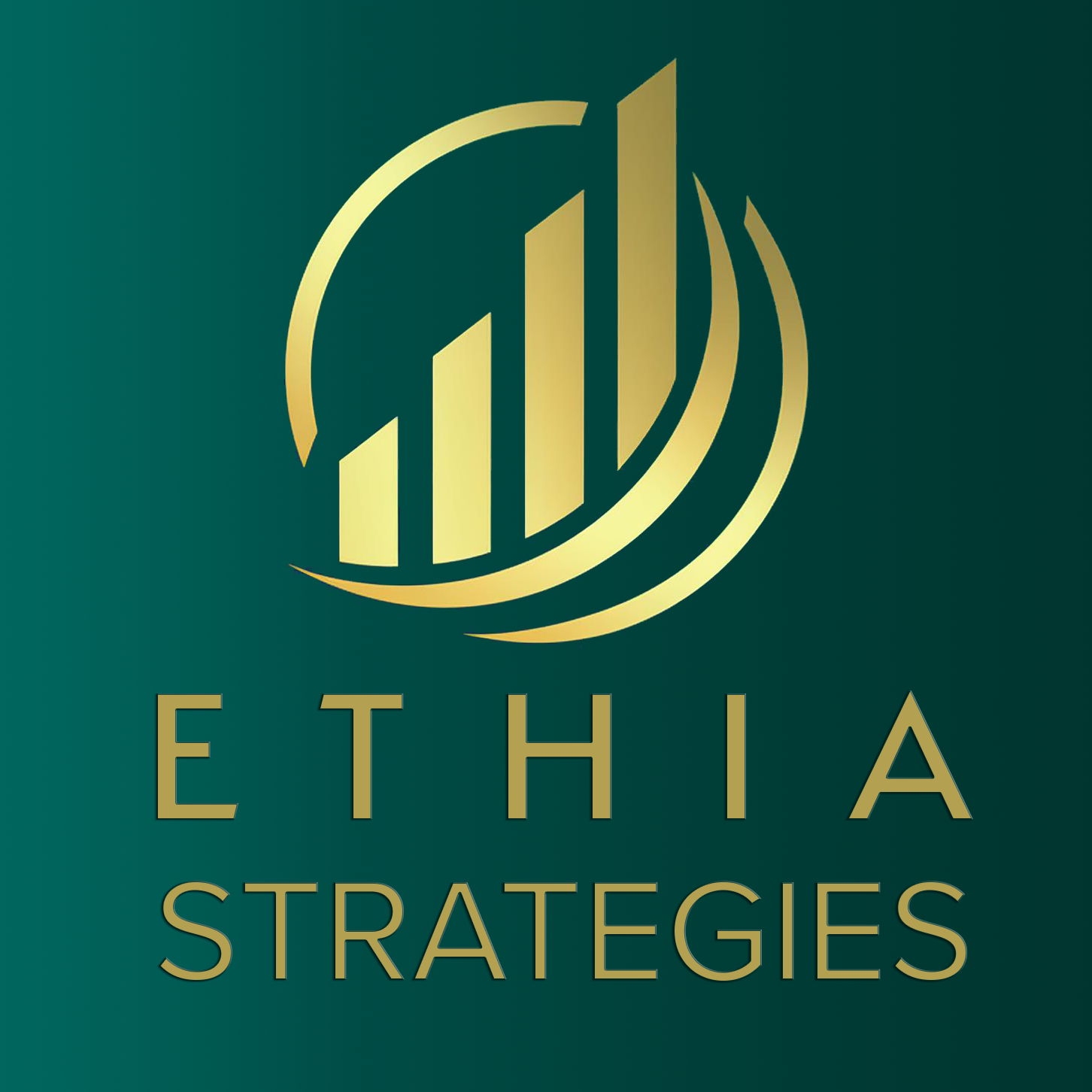Why Risk Assessment Frameworks Matter
Uncertainty is a constant in business, but risk assessment frameworks provide a structured way to identify, analyze, and manage potential threats before they become crises. Without a clear framework, companies operate reactively, making high-stakes decisions under pressure instead of with strategic foresight.
Whether it’s legal exposure, financial risks, cybersecurity threats, or reputational damage, businesses that integrate risk assessment frameworks into their operations position themselves to handle challenges with confidence and control.
This guide explains how effective risk assessment frameworks work, why they are critical for business resilience, and how law firms, corporations, and executives can build one that prevents costly mistakes.
What Is a Risk Assessment Framework?
A risk assessment framework is a structured process for identifying potential risks, evaluating their impact, and establishing proactive measures to mitigate threats before they escalate.
Companies that operate without a risk assessment framework often find themselves in reactive crisis mode, scrambling to contain damage rather than preventing it.
A well-designed framework helps businesses:
- Predict and prevent legal, financial, and reputational risks.
- Ensure compliance with industry regulations and laws.
- Protect brand reputation by anticipating public and media scrutiny.
- Strengthen crisis communication plans before issues arise.
Every business faces risks—those that prepare in advance avoid major disruptions.
Five Key Components of an Effective Risk Assessment Framework
1. Identifying the Most Pressing Risks
The first step is identifying potential risks that could disrupt operations, reputation, or legal standing. These may include:
- Legal Risks – Regulatory violations, lawsuits, intellectual property disputes.
- Financial Risks – Market downturns, cash flow problems, investment losses.
- Cybersecurity Risks – Data breaches, phishing scams, ransomware attacks.
- Reputational Risks – Negative media coverage, customer complaints, public relations crises.
A risk universe—a documented list of all possible threats—helps organizations assess potential vulnerabilities from a 360-degree perspective.
Companies that fail to identify risks correctly are left vulnerable to crises they could have prevented.
2. Evaluating the Likelihood and Impact of Each Risk
Once risks are identified, they must be analyzed for probability and severity. Businesses typically use a risk matrix that assigns each risk a score based on:
- Likelihood of occurring – Is this a common issue or a rare event?
- Potential impact – Would this be a minor inconvenience or a catastrophic failure?
For example, a cyberattack on a law firm could have severe consequences—compromised client data, ethical violations, and financial penalties. However, a low-risk scenario, like minor social media criticism, may require minimal intervention.
By prioritizing risks from high to low, companies allocate resources effectively, focusing on what truly matters.
3. Implementing Risk Mitigation Strategies
After ranking risks, businesses must determine how to minimize their impact. The four most common risk mitigation approaches are:
✔️ Risk Avoidance: Can the business eliminate the activity that causes risk?
✔️ Risk Reduction: What measures can reduce the likelihood or impact?
✔️ Risk Transfer: Can the risk be shifted via insurance or outsourcing?
✔️ Risk Acceptance: Is the risk minor enough to be managed without intervention?
For high-priority risks, companies must implement clear action plans. For example:
- A law firm handling high-profile cases may establish pre-approved crisis communication plans in case of unexpected media exposure.
- A corporation in a regulated industry may conduct regular compliance audits to avoid legal risks.
Mitigation isn’t about eliminating risk—it’s about managing it so that it never spirals into a full-blown crisis.
4. Continuous Monitoring and Adaptation
Risk isn’t static—what was a low-risk issue yesterday may become a high-priority concern tomorrow. Risk assessment frameworks must be continuously monitored and adjusted as new threats emerge.
🔍 Key strategies for risk monitoring:
- Regular risk reassessments to update rankings.
- AI-driven monitoring tools to track real-time legal, financial, or cybersecurity risks.
- Crisis simulation exercises to test and refine response plans.
A reactive approach to risk leads to costly mistakes. A proactive risk management strategy ensures businesses remain agile and prepared.
5. Integrating Risk Management with Crisis Communication
Risk assessment frameworks must connect directly to crisis communication strategies. Organizations that anticipate potential PR crises, regulatory scrutiny, or data breaches should have pre-prepared responses to avoid scrambling when a situation unfolds.
🔹 Legal & PR Coordination: Law firms and PR teams should align messaging to prevent reputational damage while staying legally compliant.
🔹 Pre-Crisis Messaging: Companies should prepare FAQs, talking points, and internal memos for high-risk situations.
🔹 Crisis Spokesperson Training: Executives and legal representatives should undergo media training to ensure public statements maintain credibility.
The worst thing a company can do is stay silent or say “no comment.” If it doesn’t control the narrative, someone else will.
Case Study: The Risk Assessment Framework That Saved Johnson & Johnson
One of the best examples of proactive risk assessment is Johnson & Johnson’s handling of the 1982 Tylenol crisis. When cyanide-laced capsules led to consumer deaths, the company:
✔️ Immediately recalled 31 million bottles, prioritizing public safety over profits.
✔️ Issued transparent media updates, maintaining credibility with the public.
✔️ Redesigned packaging with tamper-proof seals, setting a new industry standard.
The brand could have collapsed if Johnson & Johnson delayed their response or minimized the crisis. Instead, their risk assessment framework and rapid crisis communication strategy turned a potential disaster into a long-term reputation win.
Why Every Business Needs a Risk Assessment Framework
Without a risk assessment framework, businesses are exposed to unexpected threats that can lead to financial loss, legal trouble, and reputational harm. A structured, proactive risk strategy ensures companies anticipate, mitigate, and communicate effectively—avoiding preventable crises.
📢 Need a risk assessment strategy tailored to your business? At Ethia Strategies, we help organizations build resilient, proactive risk management plans that keep you ahead of uncertainty.
📩 Contact us today to protect your business before risks become crises.




0 Comments